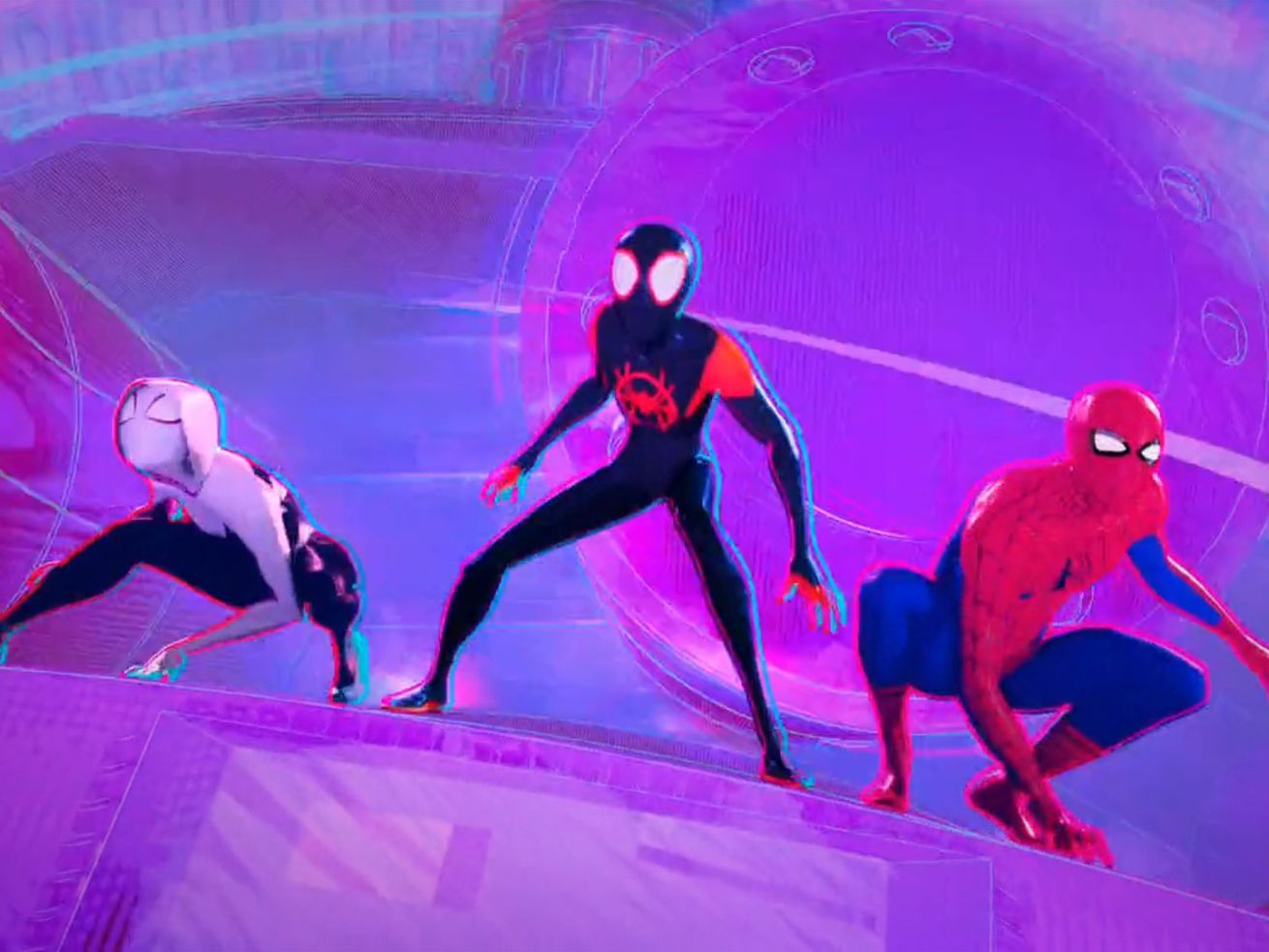Non-photorealistic rendering has opened up an alternative to the ubiquitous “Pixar look.”
When you think of CGI animated films, you likely think of Pixar. The studio practically invented the genre with 1995’s Toy Story — the first animated feature film made via computer-generated imagery.
/cdn.vox-cdn.com/uploads/chorus_asset/file/24017108/image__2_.png)
Pixar
After Toy Story, almost all animation studios wanted to follow in Pixar’s successful footsteps, all the way down to their style. Many studios sought out “the Pixar look”: extremely high quality, physically based, and in some cases almost photorealistic.
Toy Story 4, Pixar
It’s an appealing approach that remains popular at the box office, but animated movies started looking kind of homogeneous. And while studios and independent artists tested out more stylized approaches in short films, no studio would commit to a feature-length animated movie that looked too different.
That is, until Sony Pictures/Imageworks took on Spider-Man: Into the Spider-Verse. Instead of chasing the look everyone else was after, the team wanted to create something visually new. They did it with non-photorealistic rendering.
/cdn.vox-cdn.com/uploads/chorus_asset/file/24017136/image__1_.png)
Sony Pictures Animation
And since Spider-Verse, non-photorealism has taken off, with almost every studio set to incorporate it in the next five years. Check out our video to learn more about how non-photorealism works.
You can find this video and more on Vox’s YouTube Channel.
Author: Edward Vega
Read More

/cdn.vox-cdn.com/uploads/chorus_asset/file/24017126/image.png)